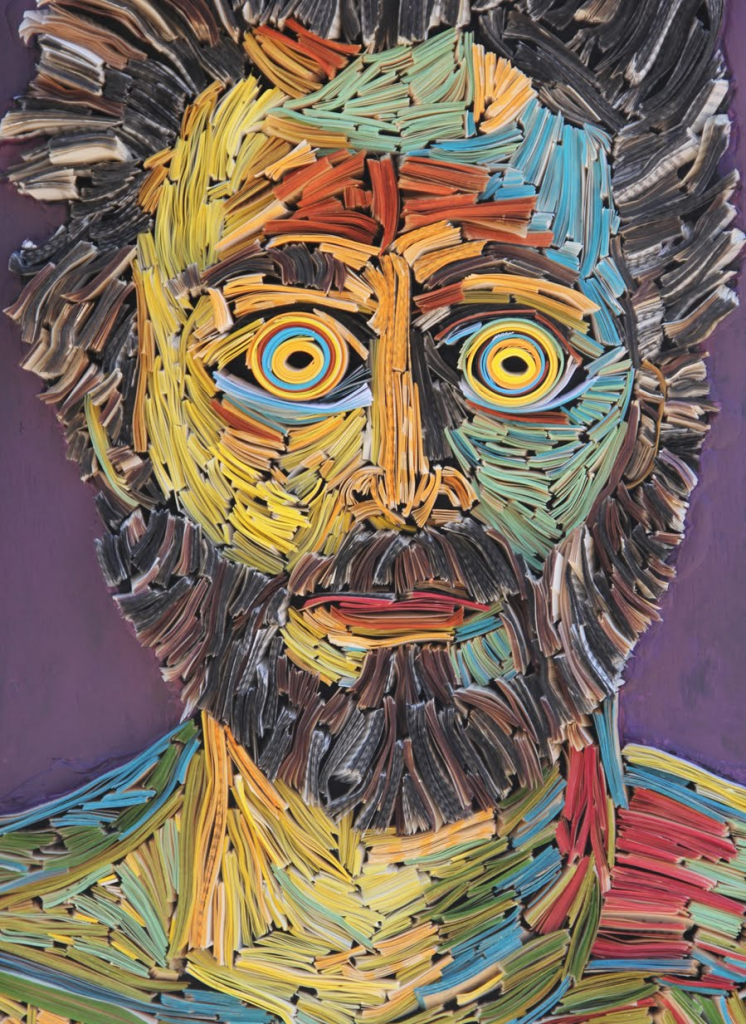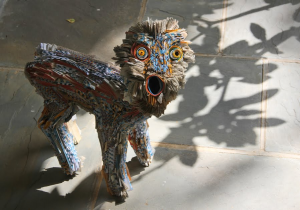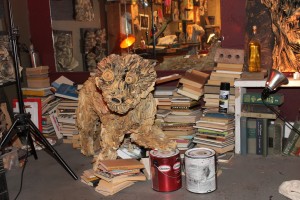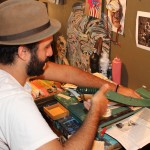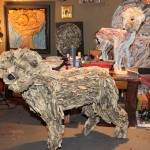Jason Isenberg, owner of REALM, kicks off this regular feature on people's favorite spaces and places. He talks about how he still gets his kicks out of gardening.
"Gardening was how I started my business. I used to do a concierge gardening service, tending people's gardens and watering their plants for them.
"My own garden is made up of nine 3-by-3-feet beds. When it's in full regalia it's more than I can handle. Having small beds allows me to customize the soil and rotate the crops. Right now I have watermelon, okra, basil, chilis, tomatoes, eggplant and amarinth. I garden mostly on the weekends, but instead of being a labor it's a labor of love. I go out and I harvest.
"Growing up in Alabama in the 1970s, we had a garden. Still to this day, when I pick the first tomato of the season, I'm 12 years old and I'm back in Alabama. The smell is so distinct, it takes me right back there.
"I've been interested in plants for as long as I can remember. Pre-Internet, when I was studying at the University of Arizona in the late 1980s and early 90s, you could find me in the downtown library with horticultural books, books on plant genetics.
"I lived on a house on Park and Mabel for a while and the entire south yard was a jungle of plants and vegetables. I rarely ate anything out of that garden, it was just this weird experiment. I run into people now and when I tell them where I lived they go 'Oh, you had that house - the guy with the garden!'"
REALM offers landscaping design, construction and maintenance services.


